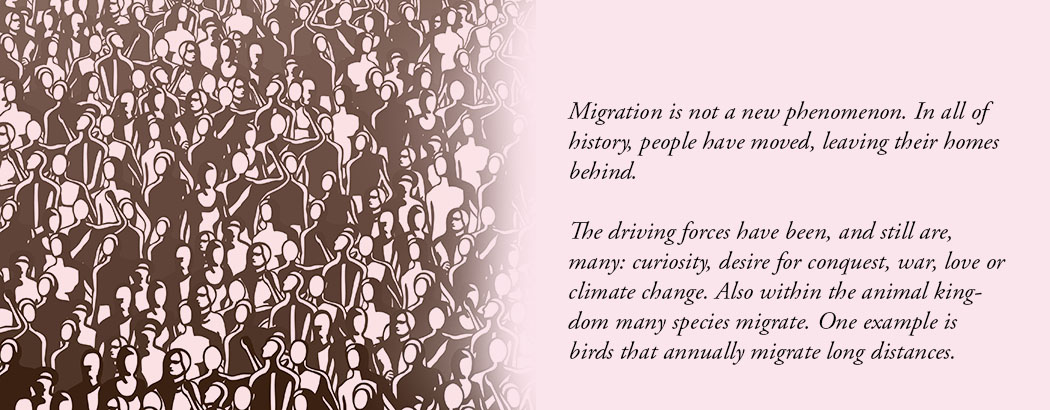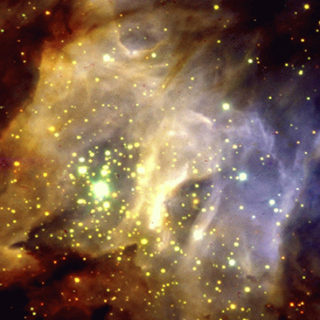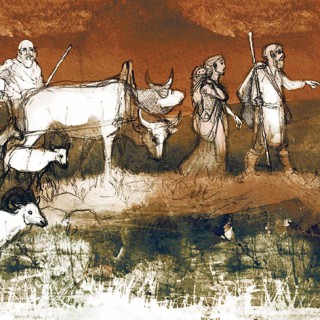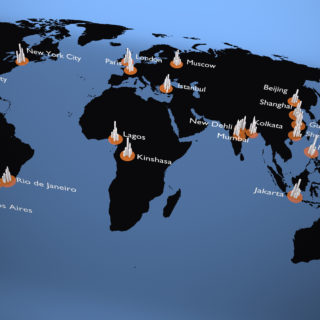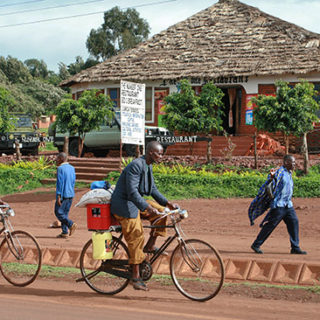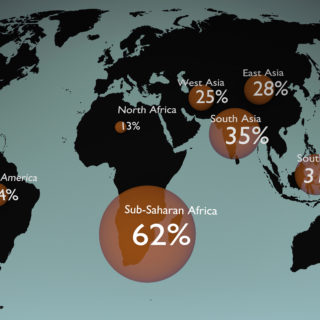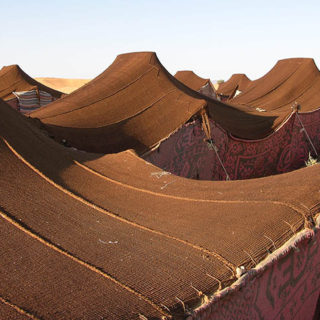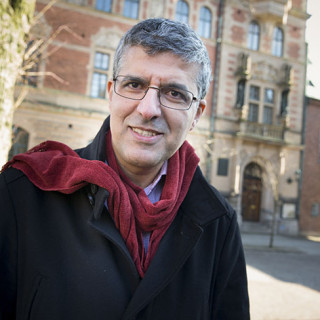- Start
- Themes
- The amazing brain
- Sustainable future
- The digital society
- Is the world becoming a better place?
- Smart society
- Plastic
- Migrations
- Bacteria – friend or foe
- Work for all?
- The inherent power of light
- Africa
- To the last drop
- Our three-dimensional world
- Close to death
- Inspired by nature
- Nano – small things matter
- Epigenetics
- To believe
- Buzzy bees at your service
- Micro-RNA from junk to hotspots
- Categories
- About the magazine
- Svenska
Theme: Migrations
The first migrant
Was the first migrant a bacterium from outer space? A bacterium which hid inside a meteorite and brought life to earth more than 3.5 billion years ago? The “seed from space” or panspermia theory has been around since Antiquity and is still discussed among astrobiologists in the scientific search for...
Ursula – the Ice Age hunter
Ursula – a grand name for a powerful hunter who lived 30,000 years ago during the Ice Age in Europe. Ursula was one of the first Ice Age hunters in Europe and 10 percent of the European population can be traced back to her. Her descendants are slightly more common...
Prehistoric migration uncovered with the help of DNA
The people who lived in Scandinavia before us – who were they and where did they come from? To find the answers, archaeologists and osteologists have previously grouped and dated excavated objects and skeletal remains from various prehistoric cultures. With the help of DNA studies, researchers have now begun to...
International migration is the rule rather than the exception
Column by Sara Kalm, senior lecturer in Political Science Migration is not a new phenomenon. In all of history, people have up and left, moving sometimes on their own, more often in groups. During the past few hundred years, this has taken place in relation to the international nation system...
From rural to urban to megacities
For the first time in history, more people live in cities than in rural communities. In 2014, 54% of the world’s population lived in urban areas. The number of people living in these areas is estimated to amount to 6.4 billion ye
Climate change causes migration
How does weather and climate variability affect the Middle East in regards to migration, decarbonisation, and food security? Postdoc and lecturer Lina Eklund at Lund University sheds light on the complexities of the region and how projects are making a difference. “Climate variability, drought for example, is nothing new or...
The connection between urban and rural
In Africa, the predicted rate of urbanisation is overestimated. In India, the speed of urbanisation is underestimated. Researchers at IIED – the International Institute for Environment and Development – in the UK discovered this when reviewing the data on which the predictions are based.“There are many myths concerning urbanisation”, says...
Living in the slums
Due to heavy urban migration, city slums are continuing to spread. They become the clearest piece of evidence that large cities are not planned to ensure that everyone has access to water, housing and basic sanitation. Today, an estimated 863 million live in slums around the world. The number increased...
“There is no simple link between climate change and migration”
The last few years several newspapers have claimed that climate change will lead to “millions of climate refugees”. But according to Angela Oels, migration in fact isn’t caused only by a single factor: “For us, from the social sciences. It is very important to highlight that there is no simple...


